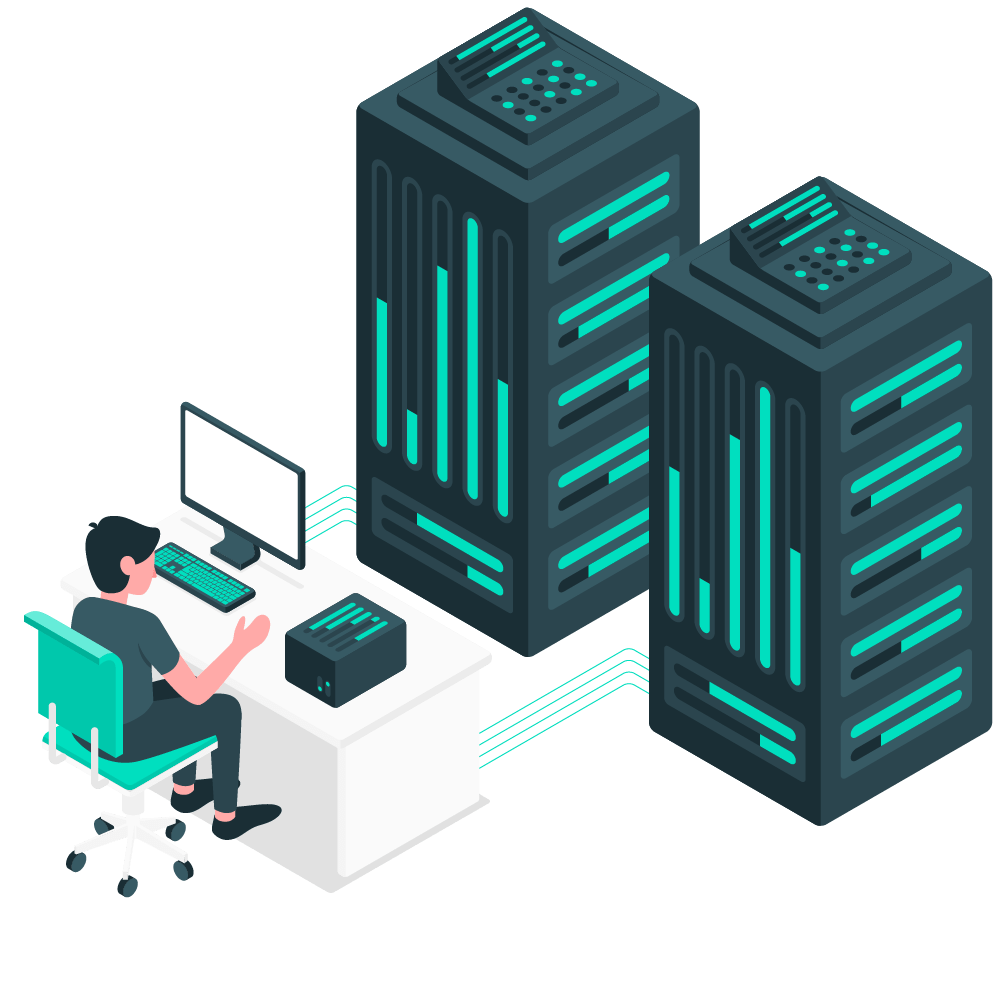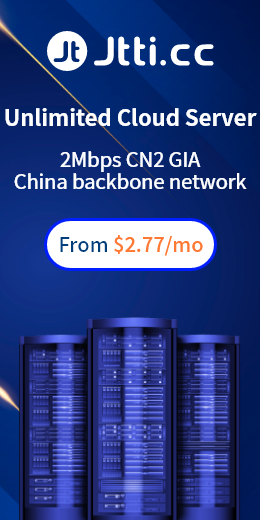In the digital age, cloud data migration has become commonplace. But even so, cloud migration still faces certain challenges. An enterprise needs to process a large amount of data during data migration, which complicates the migration task and prolongs the migration period. The larger the data volume, the more time and resources are consumed and the higher the requirements on storage and network are.
Data security and privacy are also at risk during the migration process. There may be hacking attacks, malware and internal leaks in the data transmission, and mission data leaks can bring legal and financial risks to the enterprise and affect the reputation of the enterprise.
There may also be differences in technical standards or interfaces between different cloud platforms, and compatibility issues may affect data migration. Additional adaptation work is often required to ensure that enterprise data can be read and processed correctly in the new environment.
Data migration also involves the challenge of business continuity and minimizing downtime. Data migration without affecting business operations requires detailed planning and execution.
To address the above challenges, enterprises can take appropriate measures, such as large-scale data migration, enterprises can adopt a phased migration mode, gradually migrate data from the source system to the cloud system, reduce the amount of data in a single migration, and reduce the migration difficulty and risk.

During the migration process, encryption technology is implemented to protect data and ensure compliance with data transmission and storage. Develop a detailed disaster recovery plan to deal with possible data loss or corruption.
Prior to data migration, compatibility tests should be conducted on the target cloud platform to verify that the data can be read and processed correctly in the new environment after migration. Incompatible data formats or interfaces can be converted and adapted in a timely manner.
Before data migration, the enterprise should develop a detailed migration plan, including migration schedule, personnel division of labor, risk assessment and countermeasures. It is also necessary to establish an effective communication mechanism to ensure collaboration between departments.
Migrating data often involves tools, offered by some cloud server vendors, that can be extra costly. There are also free tools such as ETL (Extract, Transform, Load) tools that can handle complex data transformation and cleaning tasks and are suitable for enterprises that need to process and transform structured data in bulk. These tools may not be efficient enough to handle unstructured data, and the migration process may take a long time.
In the case of complex network environment and huge amount of data, professional big data transmission platform provides an efficient solution. These platforms support multiple transport modes and can adapt to the migration needs of different enterprises, while ensuring the security and integrity of data during migration.
Open source integration tools, such as Apache NiFi, support a variety of data types and sources, providing efficient data transformation capabilities and scalability for small and large migration projects, enabling efficient data transformation and ensuring quality.
Cloud data migration faces many challenges, but enterprises can effectively address these challenges through solutions such as phased migration, enhanced data protection measures, compatibility testing, and detailed migration plans, as well as leveraging common tools such as cloud service providers' migration tools, ETL tools, professional big data transfer platforms, and open source integration tools. Achieve efficient data migration and business continuity. With the continuous progress of technology, future data migration will be more intelligent and automated, bringing more convenience and value to enterprises.
There are still some adjustments to cloud migration, but with phased migration, enhanced data protection measures, compatibility testing and detailed migration plans, and tool use, enterprises can effectively address these challenges and achieve efficient data migration and business continuity. As technology continues to evolve, data migration will become safer and smarter.

 EN
EN
 CN
CN









